The interaction between the molten aluminum and the environment during the smelting process, and the heat transfer (thermodynamic process) during the smelting process, the energy required for the heating and melting of solid metal in the furnace must be supplied by the heat source of the smelting furnace.
Due to the different energy sources, the heating method is also different. At present, the basic furnace type is still a flame furnace.
Although aluminum has a low melting point (660°C), due to the latent heat of fusion (1.1 interaction between molten aluminum and the environment during the smelting process, 1.1.1 heat transfer during the smelting process (thermodynamic process), the energy required for the heating and melting of solid metal in the furnace requires It is supplied by the heat source of the smelting furnace.
Due to the different energy sources, the heating method is also different. At present, the basic furnace type is still a flame furnace. Although aluminum has a low melting point (660°C), it needs to melt 1kg due to its latent heat of fusion (393.56KJ/kg) and large specific heat [solid 1.138kJ/(Kg﹒K), liquid 1.046kJ/(kg﹒K)] The heat is much greater than that of copper.
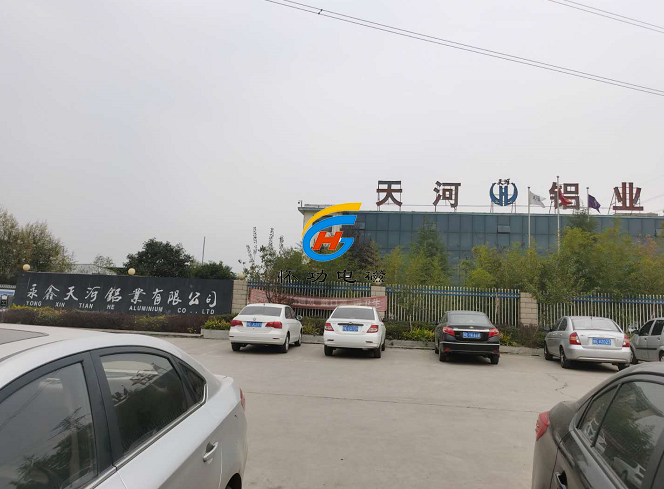
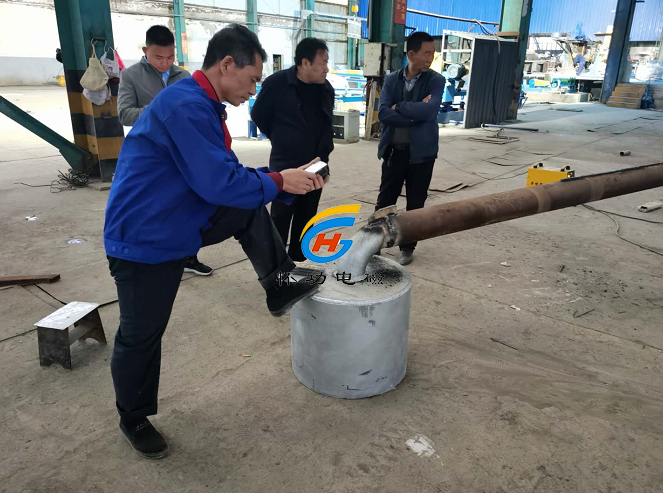
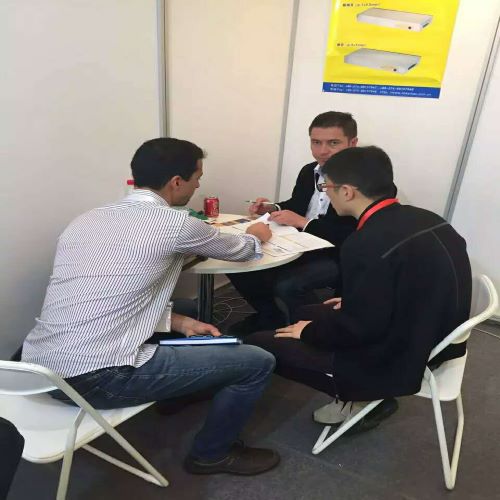 2017 Qingdao Machinery Exhibition
2017 Qingdao Machinery Exhibition
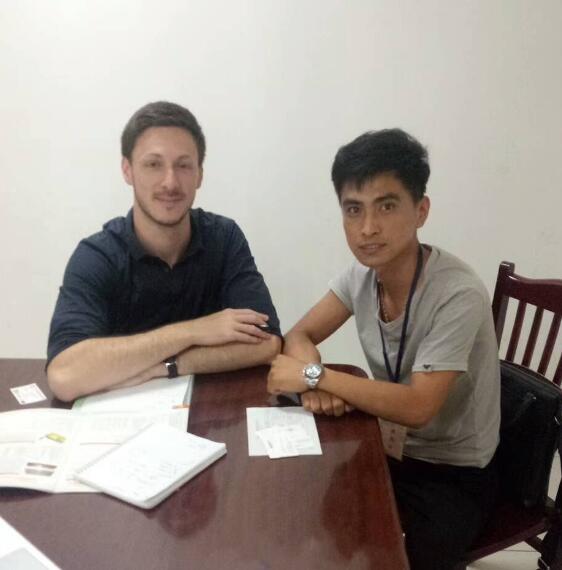 Overseas customers visit Huai Gong②
Overseas customers visit Huai Gong②
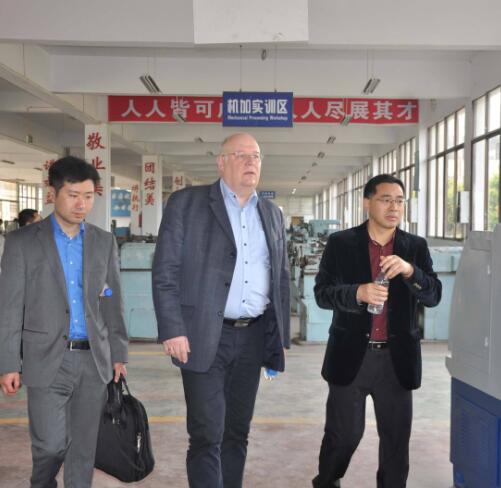 Overseas customers visit Huaigong
Overseas customers visit Huaigong
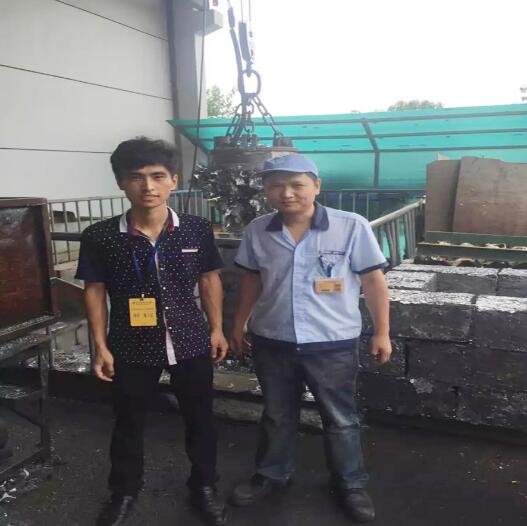 Suzhou Wanbaozhi Motor reached a cooperation
Suzhou Wanbaozhi Motor reached a cooperation